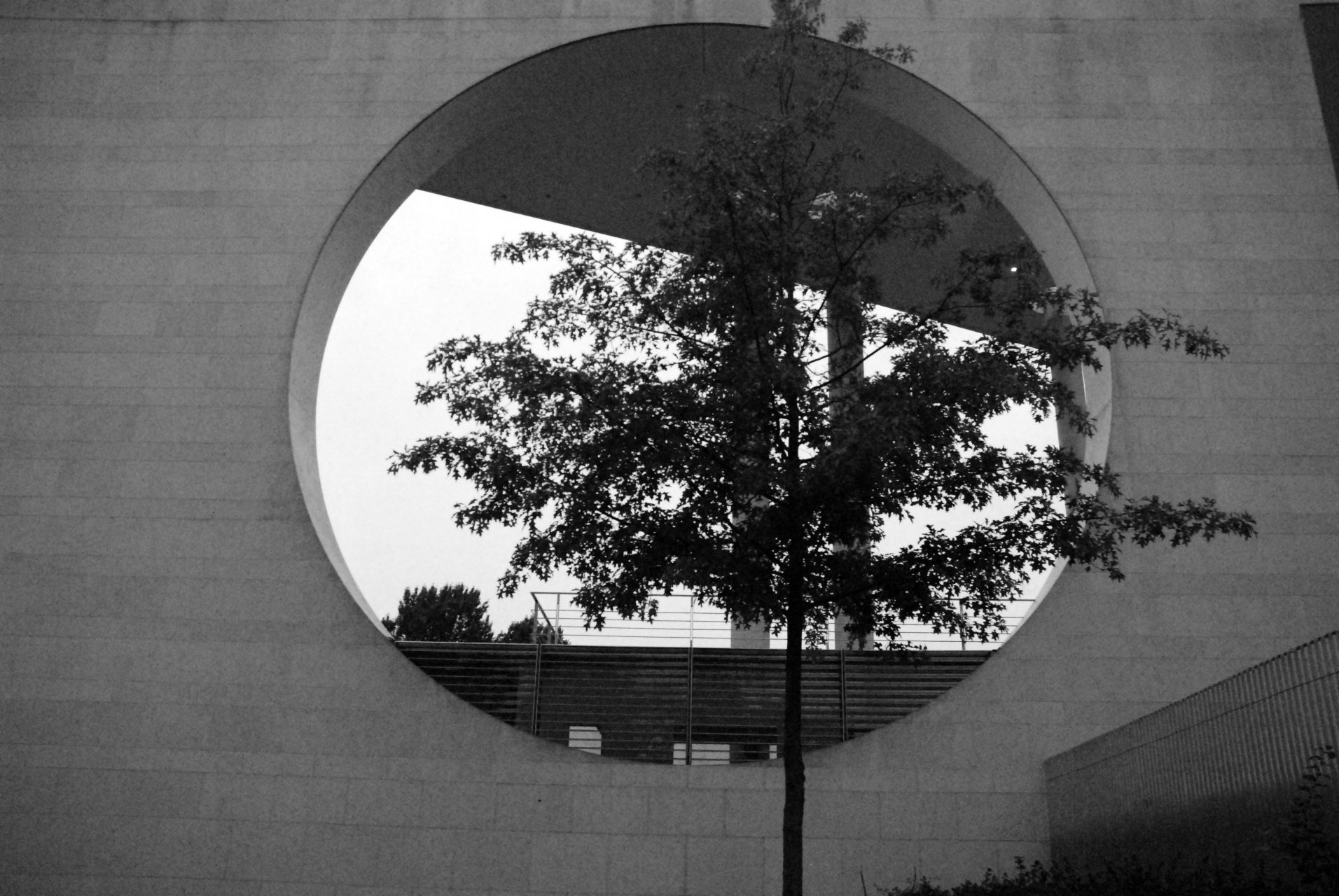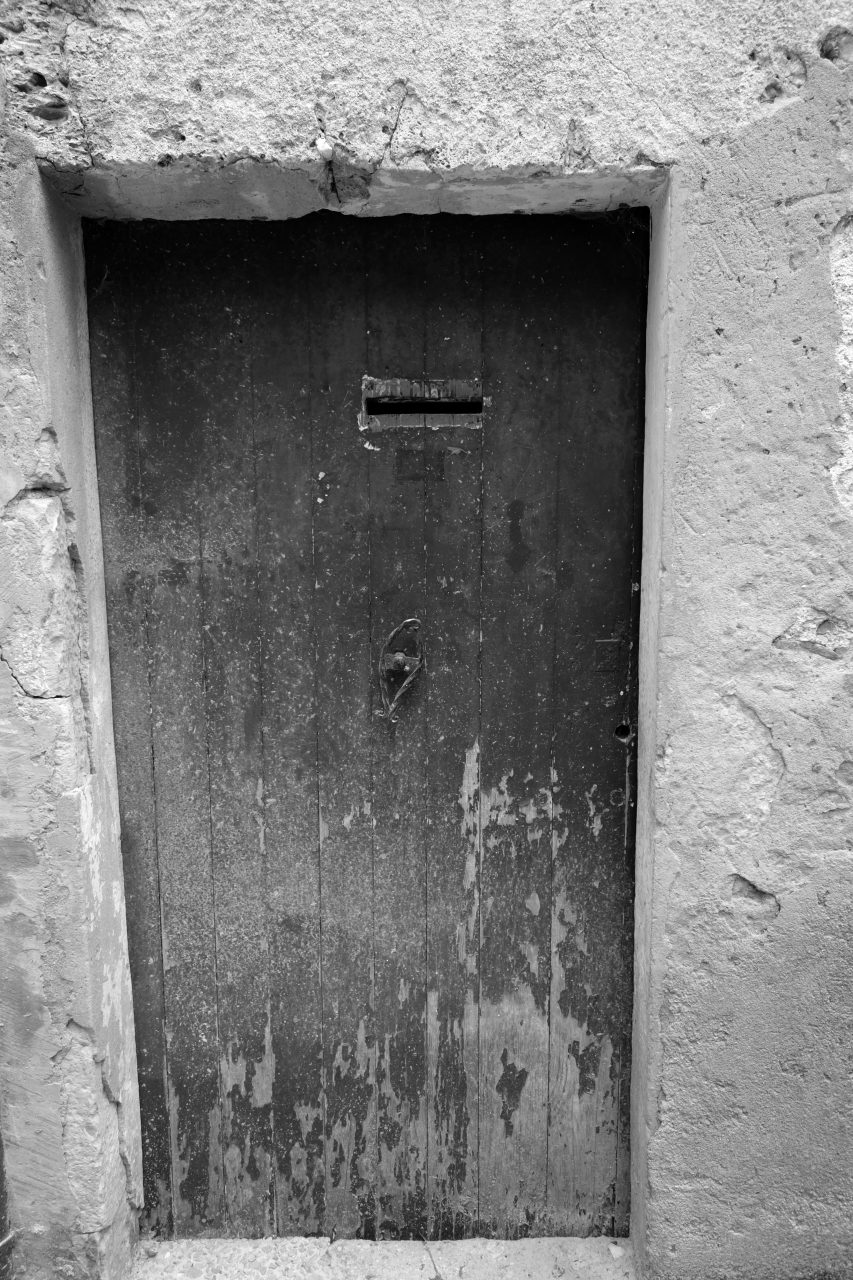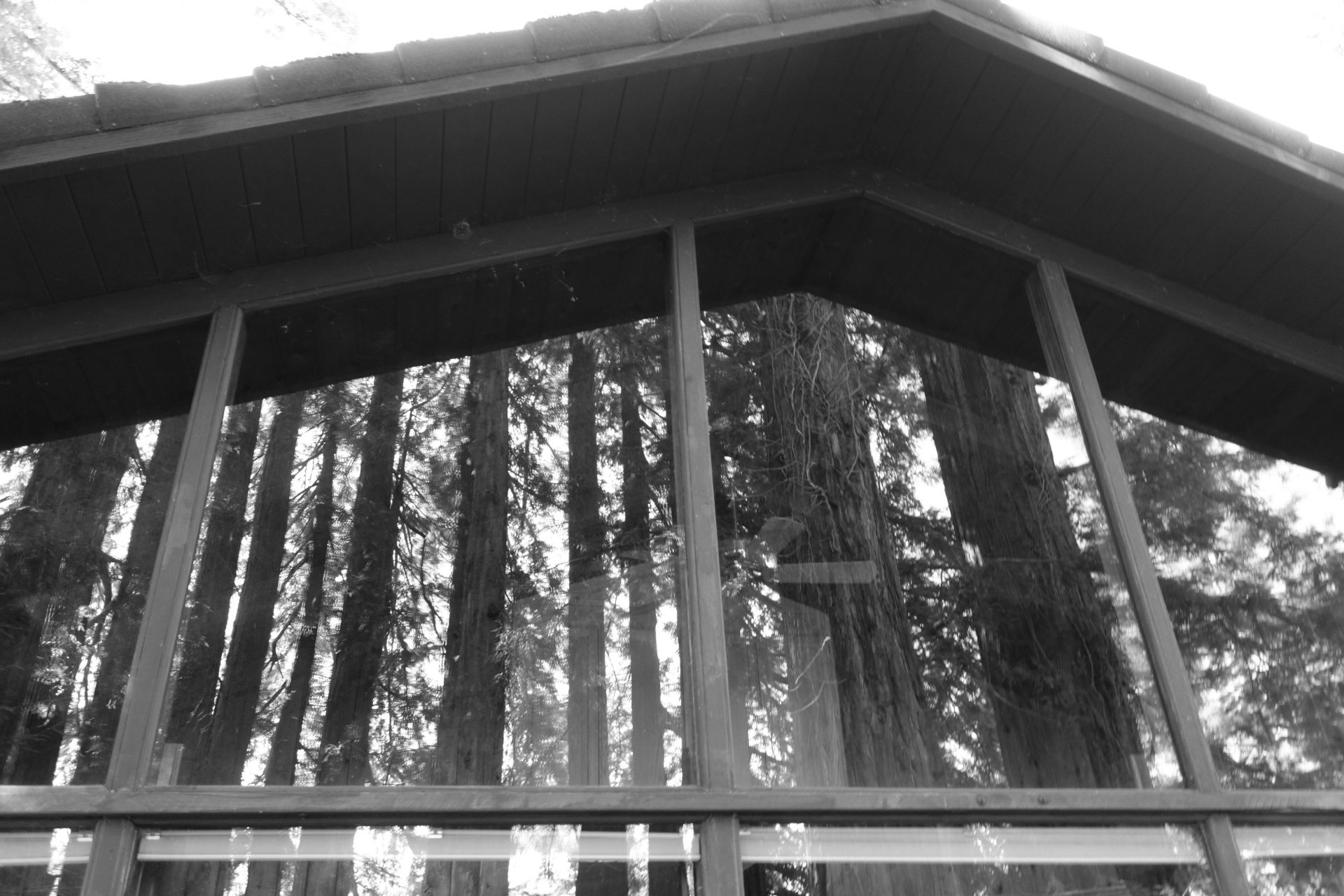“Would you tell me, please, which way I ought to go from here?”
“That depends a good deal on where you want to get to.”
“I don’t much care where –”
“Then it doesn’t matter which way you go.”
“…So long as I get somewhere.”
“Oh, you’re sure to do that, if only you walk long enough.”
Lewis Carroll, The Adventures of Alice in Wonderland

Like most major literary creations, Alice In Wonderland offers as many readings as there are readers. When I first went through it as an adolescent, I was struck by the surreal narrative, of course, but also by the sharp contrast between hasty, agendadriven characters (certainly the White Rabbit, but in fact most of those who live in Wonderland) and Alice, determined by doubt. That was my reading, in any case. While the book calls for an endless opening of different futures through human agency, it is largely guided by a balanced combination of the anxiety of those who aim at something and the hope that drives them. The scale of time is, at all moments, crucial—from the pointless running of the always-late White Rabbit to the wise arguing of the Cheshire Cat, dilemmas are to be overcome “if only you walk long enough.”
Certainly, Alice experiences the anxiety of an unknown and uncertain world with surprising and unimaginable rules, but this world became a wonderland instead of a nightmare because her anxiety is tempered by hope and structured through mid- and long-term reasoning. In face of the loss of space references (when everything changes), choosing despite dilemmas requires displacing oneself in the scale of time, identifying one’s remote roots through history and heritage, and designing a longer-term agenda through the convergence of apparent contradictions.
Sharp oppositions leading to conflict may, on occasion, be the result of a short-term approach to them. There is a contradiction between sleeping and eating, but only in space, since both become not only possible but complementary to each other in time. Framing the anxiety of the moment within a wider perspective is therefore fundamental, not only to understand that these types of contradictions between different needs are false appearances, but also because the hope of meeting any need cannot be served through anxiety alone. This is why the unleashed anxiety to eat leads to fat, while the anxiety to sleep leads to insomnia.
However, not recognizing the contradictions between needs—i.e, to compress contradictory hopes into the present—dissolves anxiety but brings sickness, and eventually death. Contradictions do exist, and to deprive hope from understanding, the thin and occasionally painful path to it (anxia, Lat.) often leads to despair.

The challenging times of the past two decades have precipitated contemporary societies into a new cycle of uncertainty, in which the dominant character on stage is the White Rabbit and its famous quote, “Oh dear! Oh dear! I shall be too late!” (now mostly in its post-modern version: “Emergency!”). When we follow the discourse of debates, characters do recall Wonderland and its compression of time—always late, with growing tensions, often depressed.
However, if perceived through the lens of material action and not rhetoric, the reaction to the pandemic reveals a remarkable, adaptive transformation of human societies across the globe. Against an adaptive, traditional response to epidemics, which has always consisted in isolating the infected, leaving them to survive or die and keeping economics running as usual, the attitude of the majority of people in the world has been to defend the lives of all, rejecting the isolationist approach. This is what characterized the reaction to the first wave of the pandemic, when governments imposed confinement after most people were already implementing it. In fact, most protective measures—to avoid large groups, to use masks, to clean hands—were enacted by most countries even before they were recommended by the World Health Organization. So far, no “isles of infected” have been created, and attempts to do so have been heavily criticized and rejected. Many societies have refused to accept the false dilemma between economics and health—they understand that both are needed, but an expansion of time is the strategy to follow.

It is clear that a large and growing minority is getting more anxious and losing hope under the pressure of uncertainty and fear, also under the impact of public discourse that keeps opposing health to economics (as it does between environment and economics or society). It is also clear that institutions resist this integrative approach because their function is to preserve or to return to the past, even when paving the road to a different future becomes a need. While the dilemma is between two economic structures—one decaying and the other uncertain, undefined—institutions establish a false dichotomy between economy (wrongly perceived as only one possibility—the past—recycled as “decarbonized economy”) and survival (for which the alternative is death).
By establishing the dilemma between a cultural feature that can be transformed (economy) and a natural feature that cannot (life), any room for the first opens space for death in the second. As a consequence, instead of anxiety with hope, there is anxiety with moral depression or hope focused upon short-term deliveries that will ultimately lead to greater depression, revolt, and disruption. The fear of institutions is refraining from the necessity to further discuss the needs of people, and also of institutions, to transform patterns of behaviour. This is much more than the green agenda (in fact, the agenda of the institutions seems to be the green, circular economy, etc.). It is about cultural diversity.
What is the root of this tension between peoples’ responses and their institutions? It is interesting to observe such a massive convergence of transformative societal responses across so many different regions and cultures, and it is to a certain extent surprising that the attitude of protecting “all peoples’ lives” emerges after a long cycle of growing individualism and nihilism. Maybe the root for this comes from the combination of a perception that individual lives are better preserved if all lives are with global information and the awareness of the need to “change one’s way of life.” Could individualism and globalization produce a stronger practice of solidarity and diversity? In a sense, this is what art does—to express, and often anticipate, through the unique genius of some individuals, the collective understandings of Humanity.
Possibly, like Edvard Munch did over a hundred years ago, we should focus less on the anguish of institutions and hear the scream of nature, through the agency of people’s behaviour.
Further reading:
VVAA (2020). “Cultura dei Territori al tempo del Coronavirus.” Territori della Cultura, 40.

Professor of Archaeology at the Polytechnic Institute of Tomar and holder of the UNESCO chair in Humanities and Cultural Integrated Landscape Management. His archaeological research focuses on the transition to food producing economies in Portugal, Africa and Southern America. He also conducts research on Cultural Heritage and on Humanities contributions for landscape management. Currently, he is the Secretary-General of the International Council of Philosophy and Human Sciences. He is author of 70 books and 300 papers, including Cultural Integrated Landscape Management: A Humanities Perspective (2017).
Professor of Archaeology at the Polytechnic Institute of Tomar and holder of the UNESCO chair in Humanities and Cultural Integrated Landscape Management. His archaeological research focuses on the transition to food producing economies in Portugal, Africa and Southern America. He also conducts research on Cultural Heritage and on Humanities contributions for landscape management. Currently, he is the Secretary-General of the International Council of Philosophy and Human Sciences. He is author of 70 books and 300 papers, including Cultural Integrated Landscape Management: A Humanities Perspective (2017).
